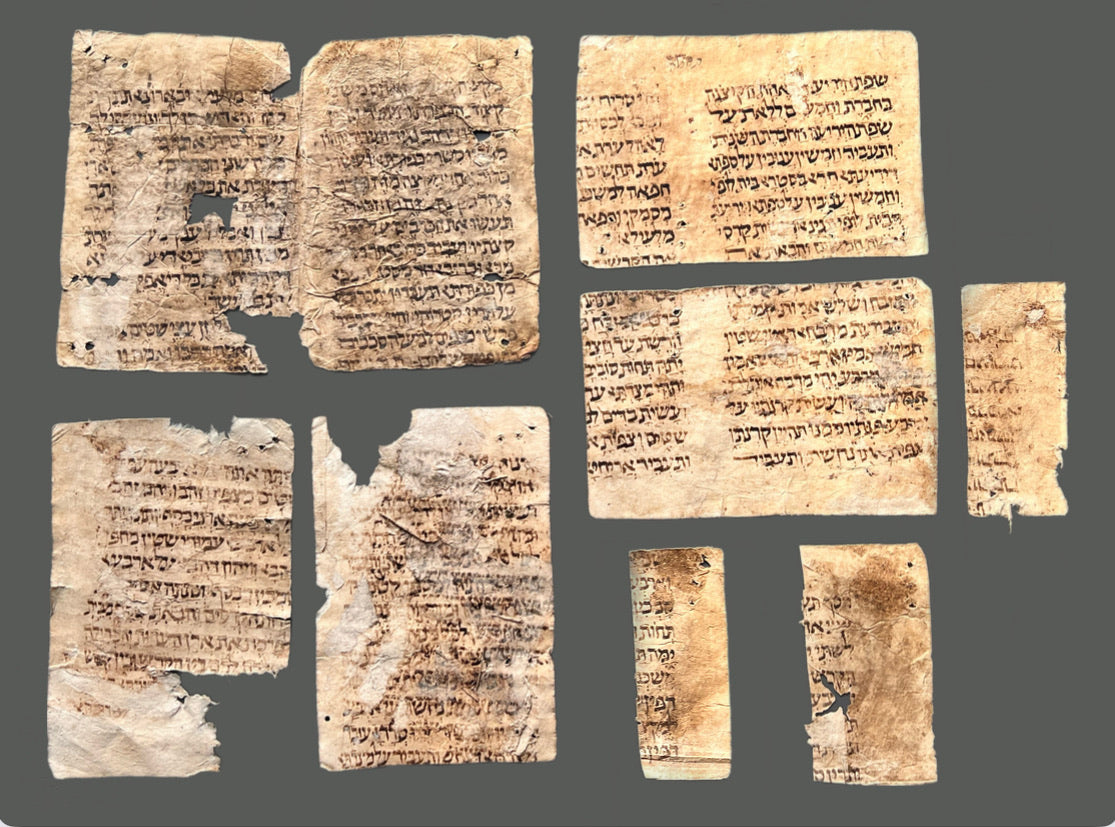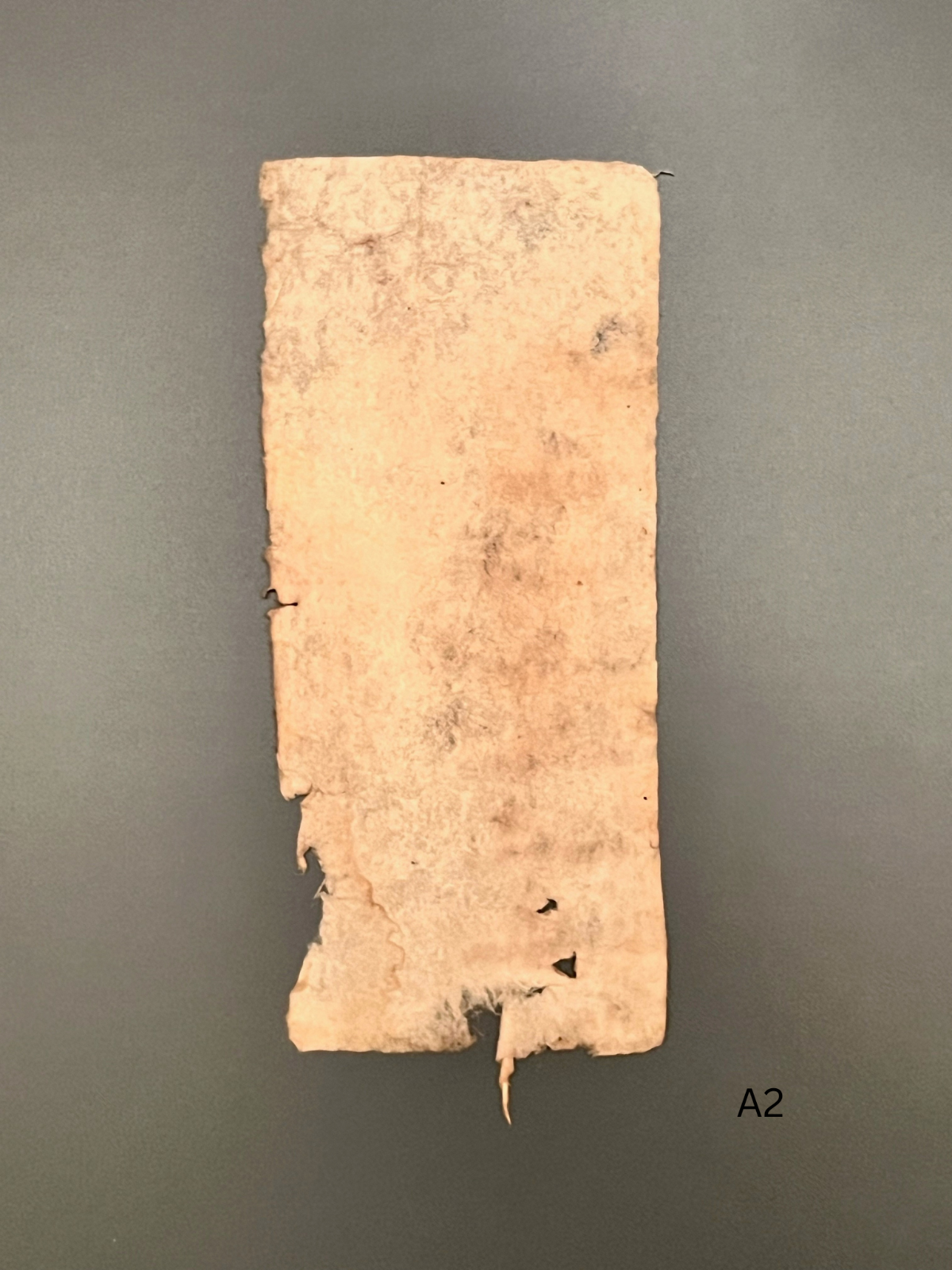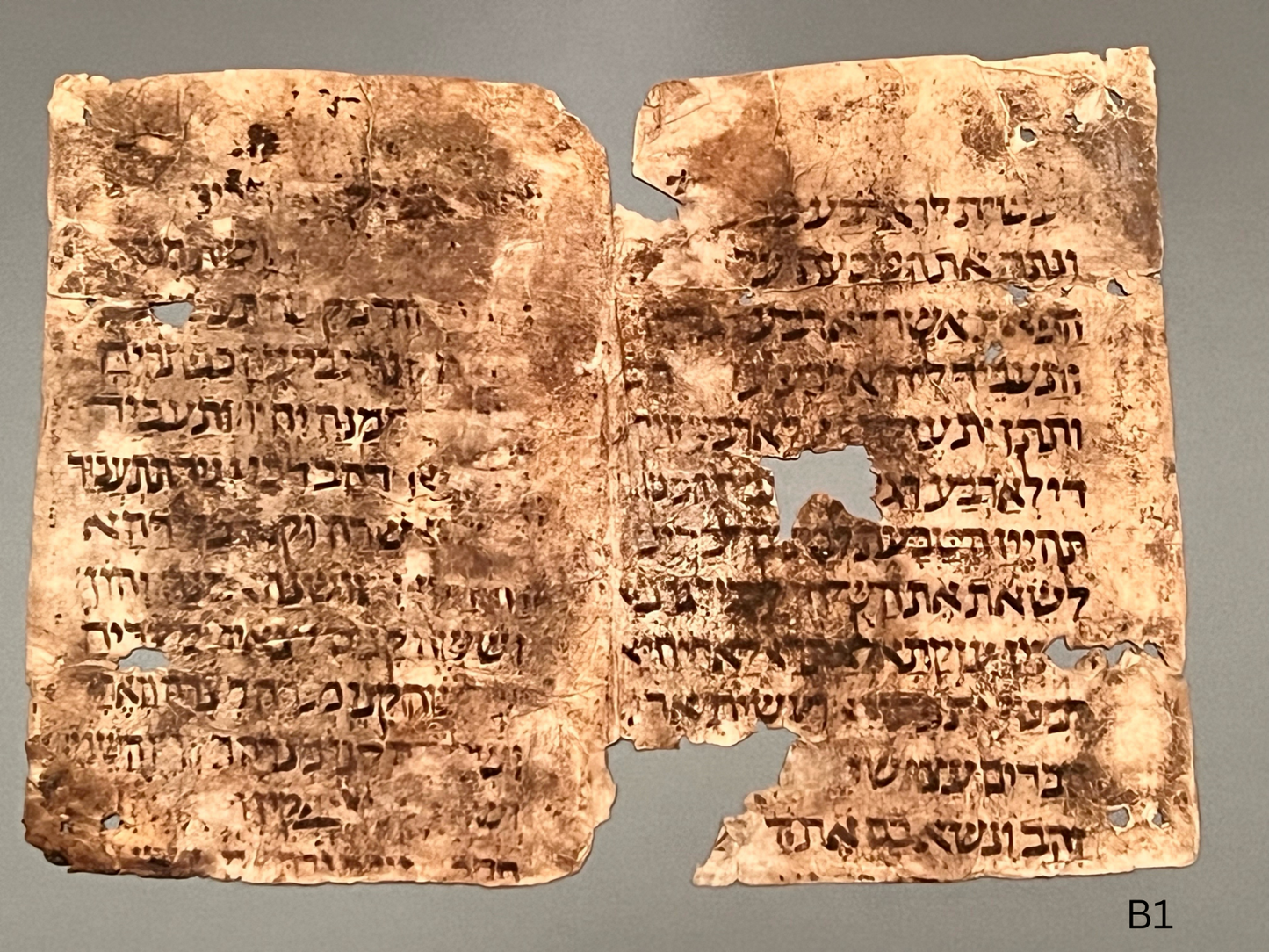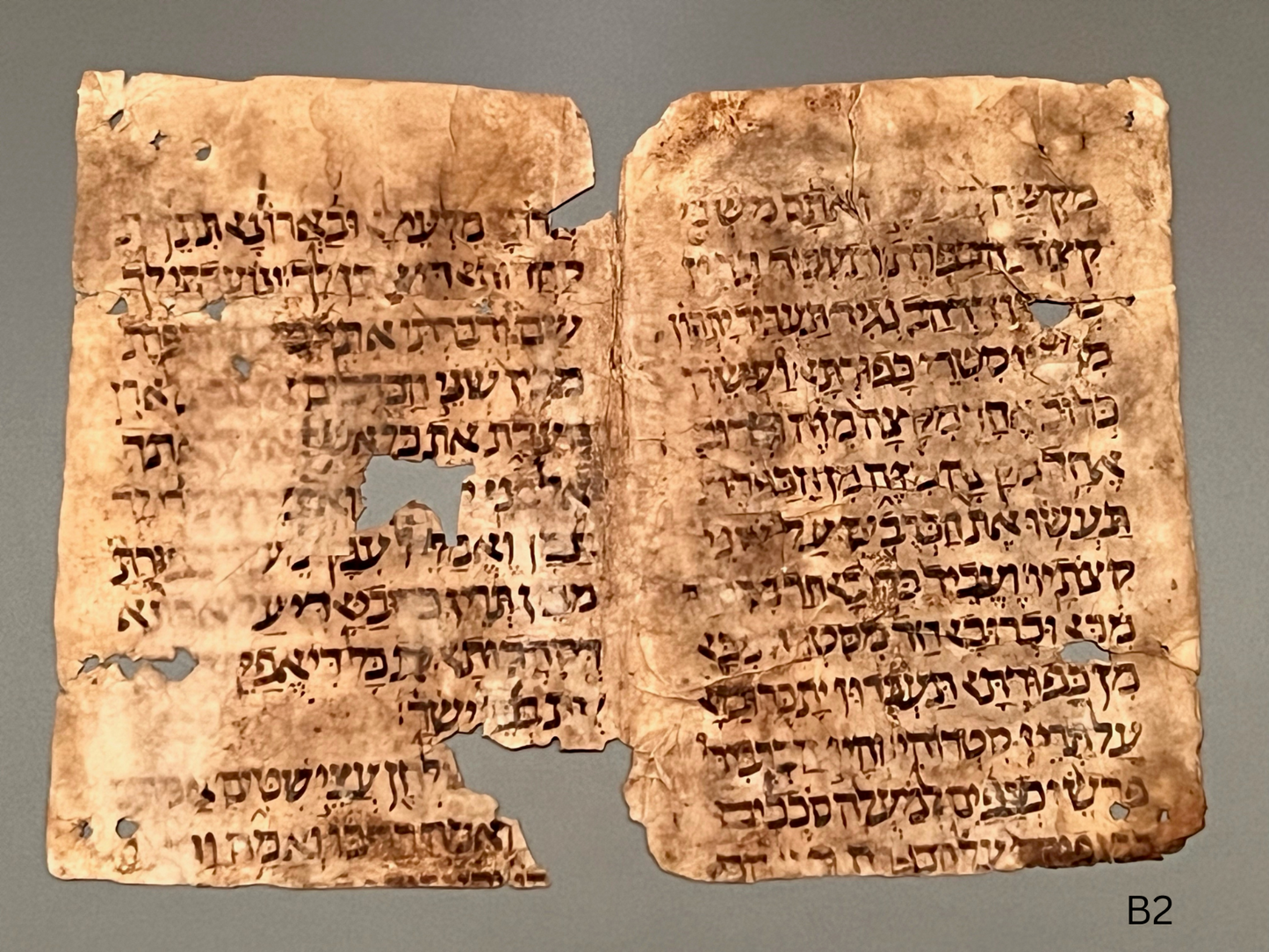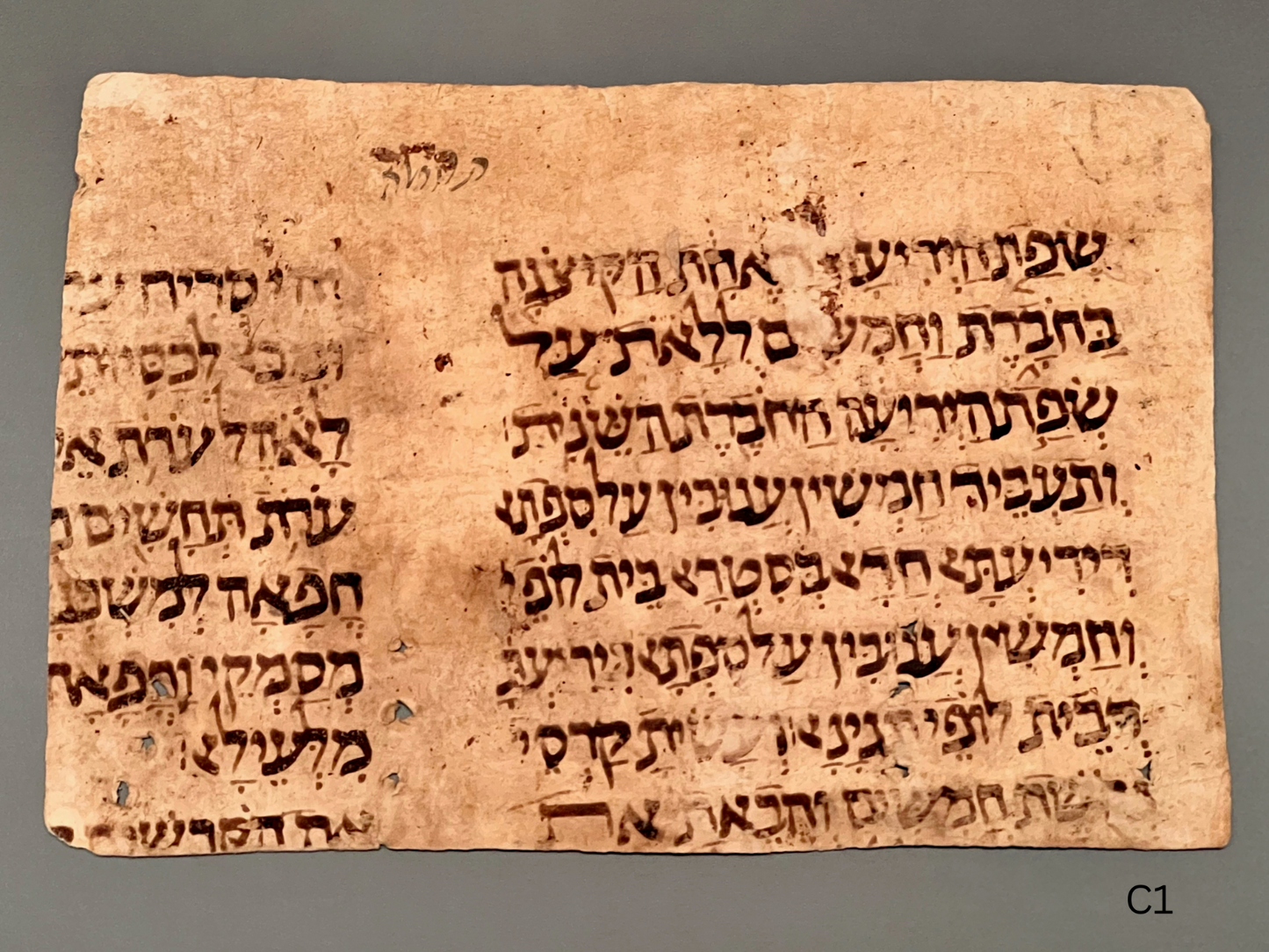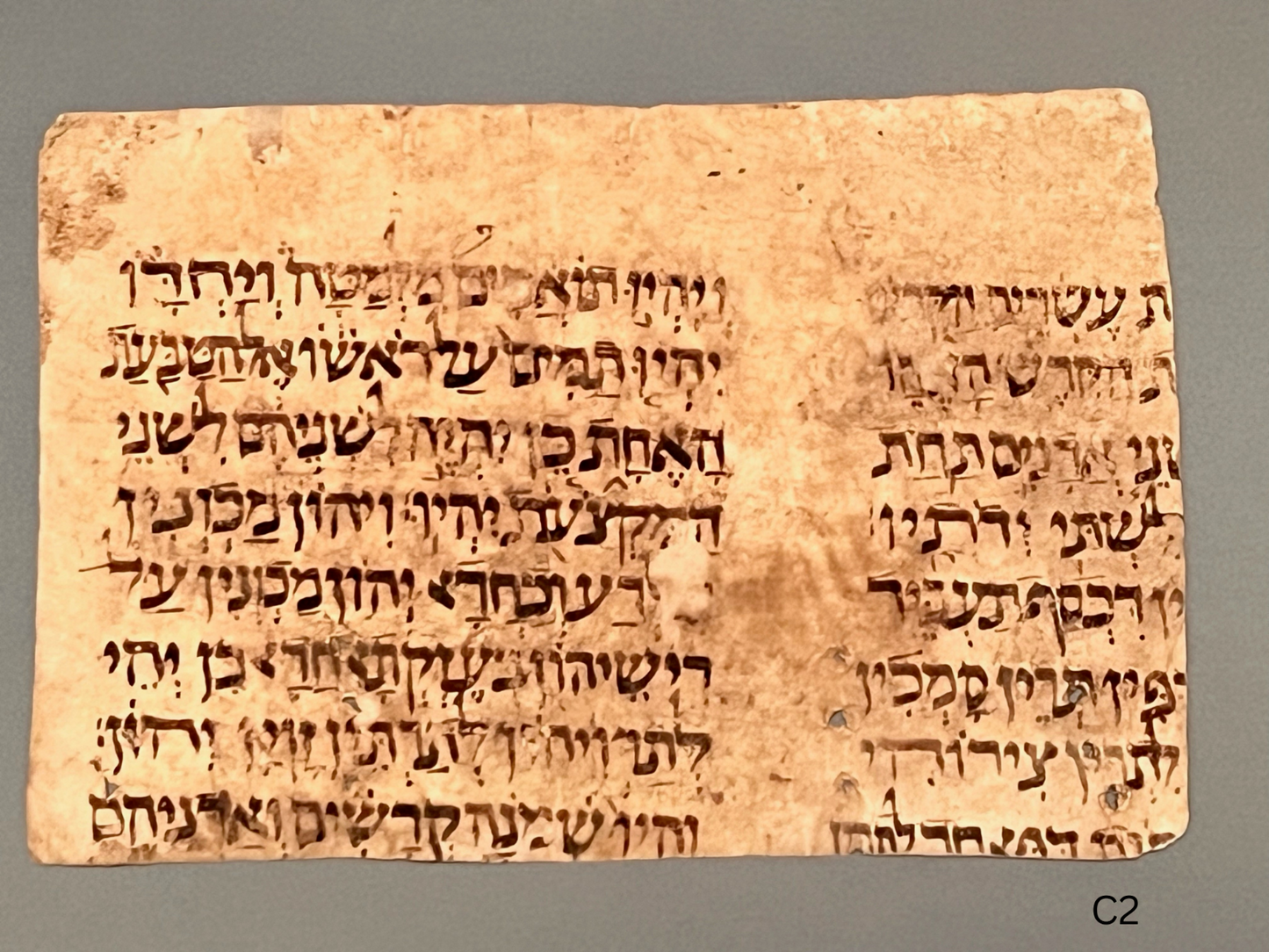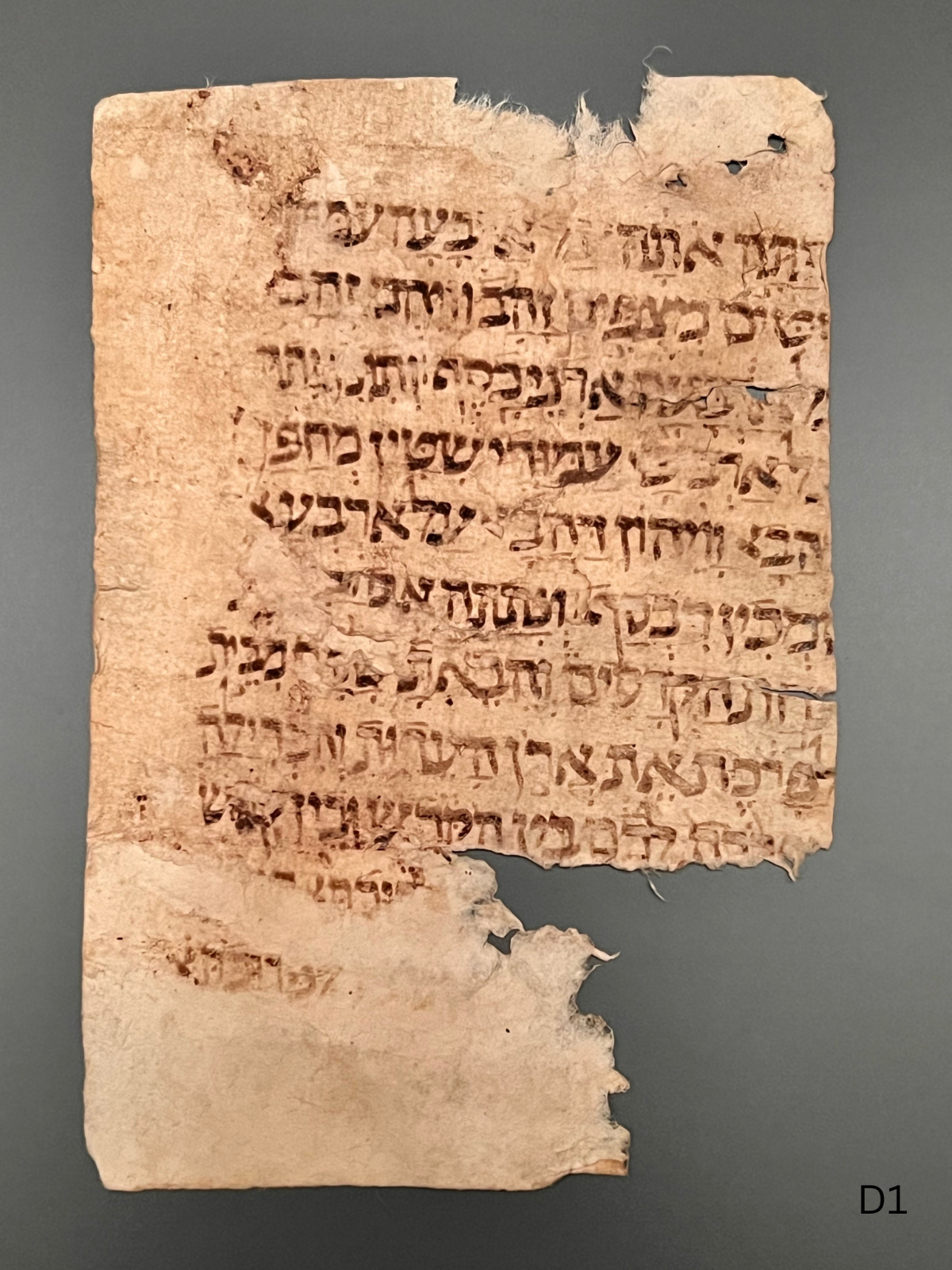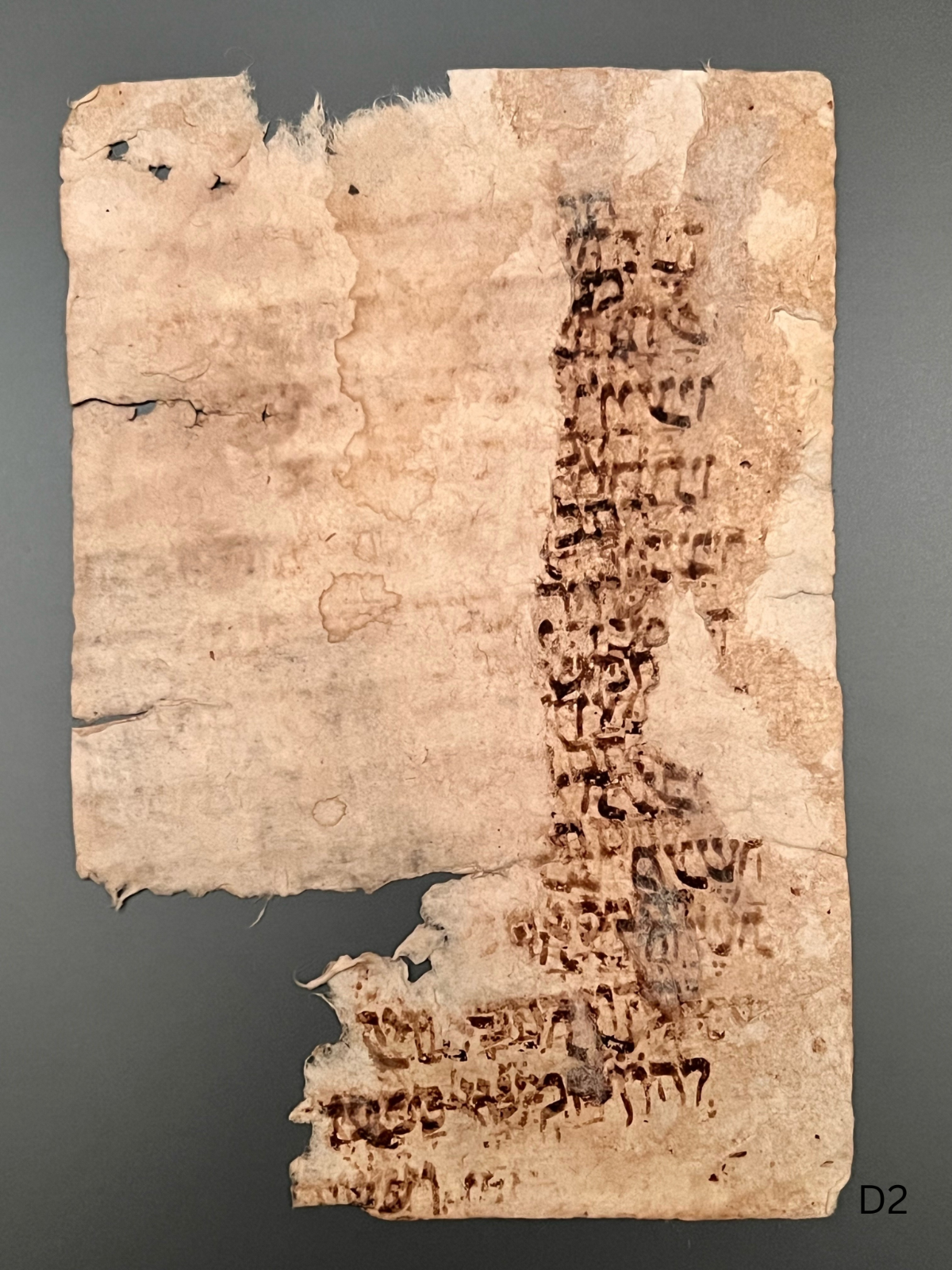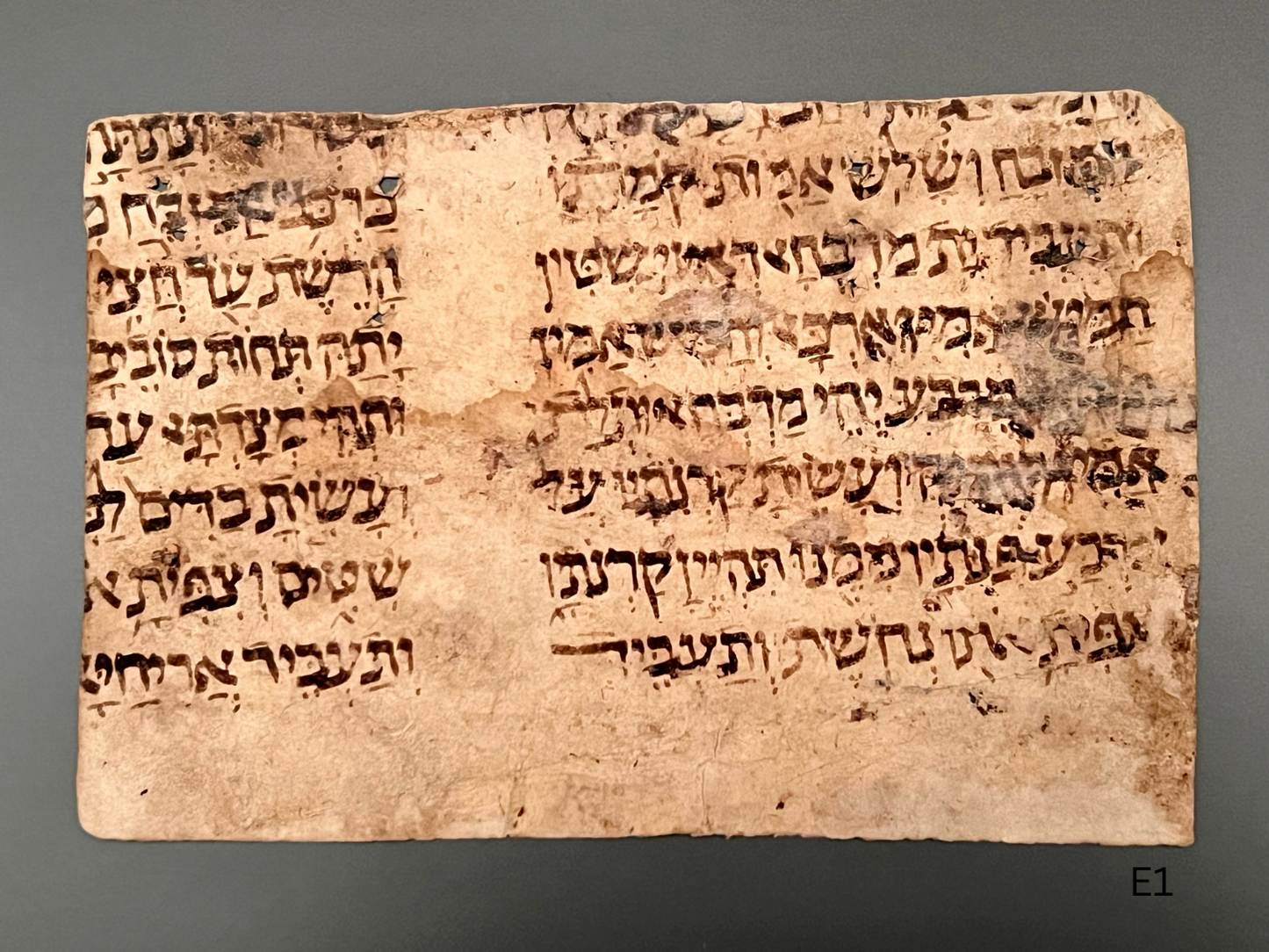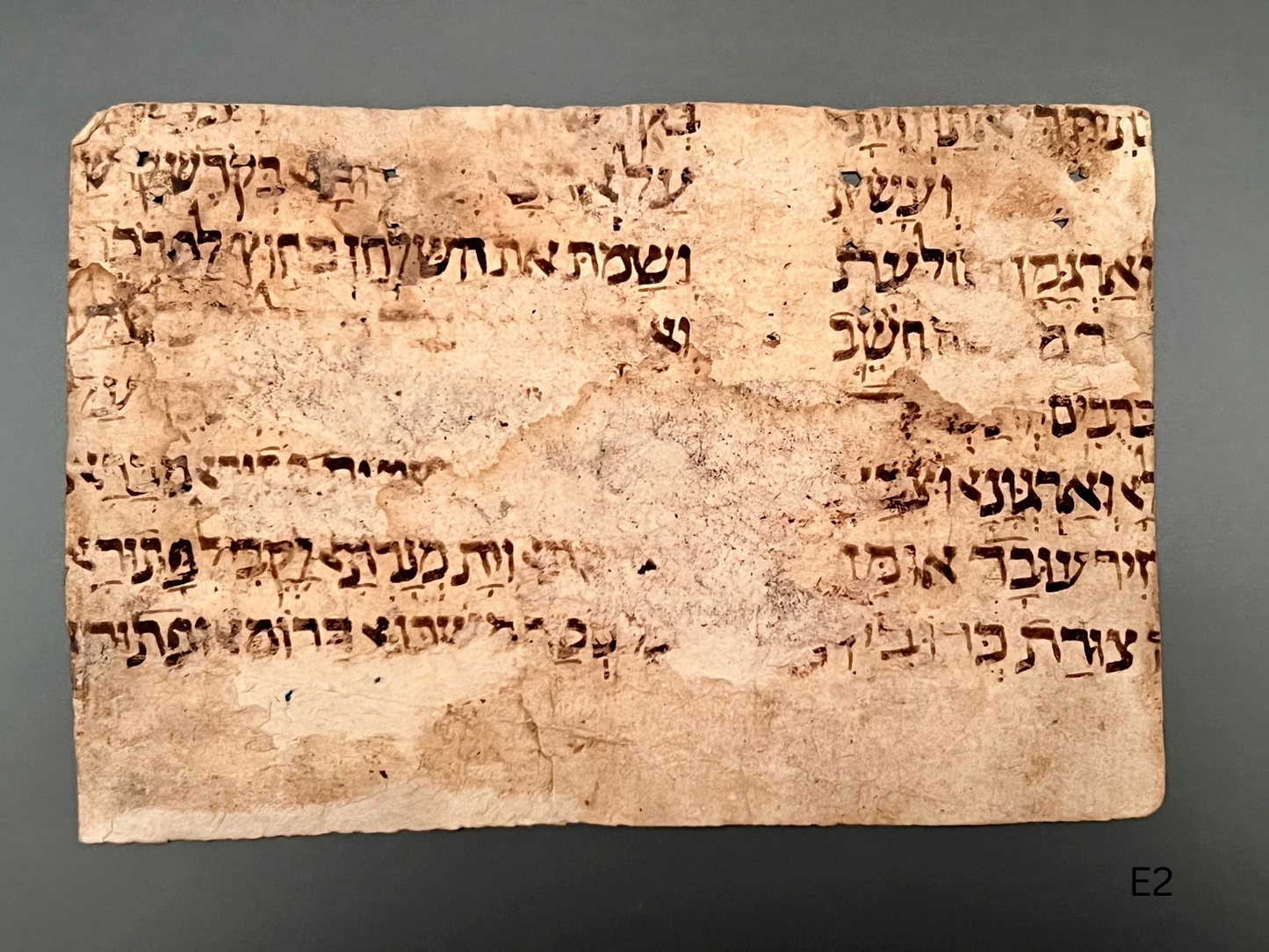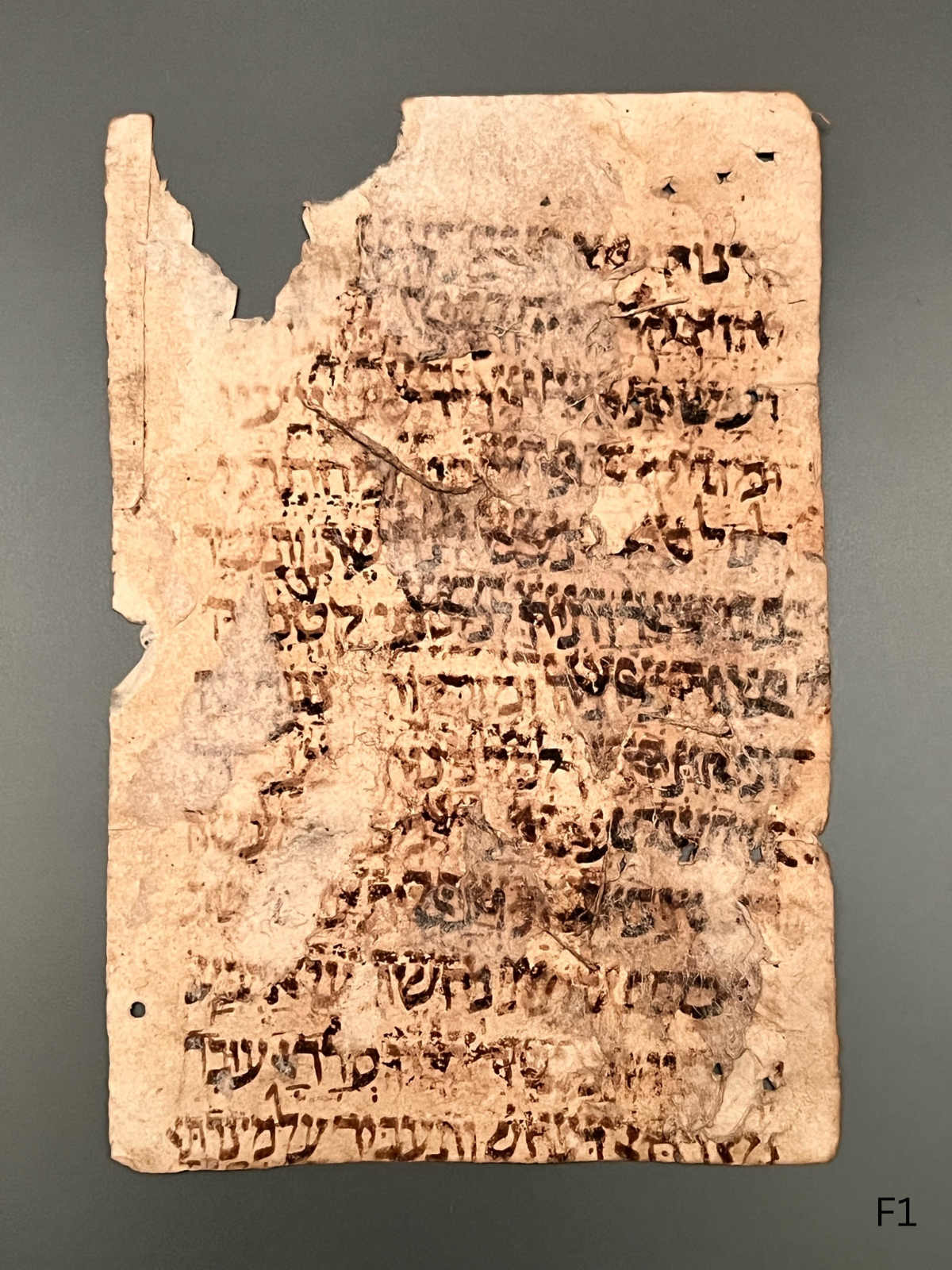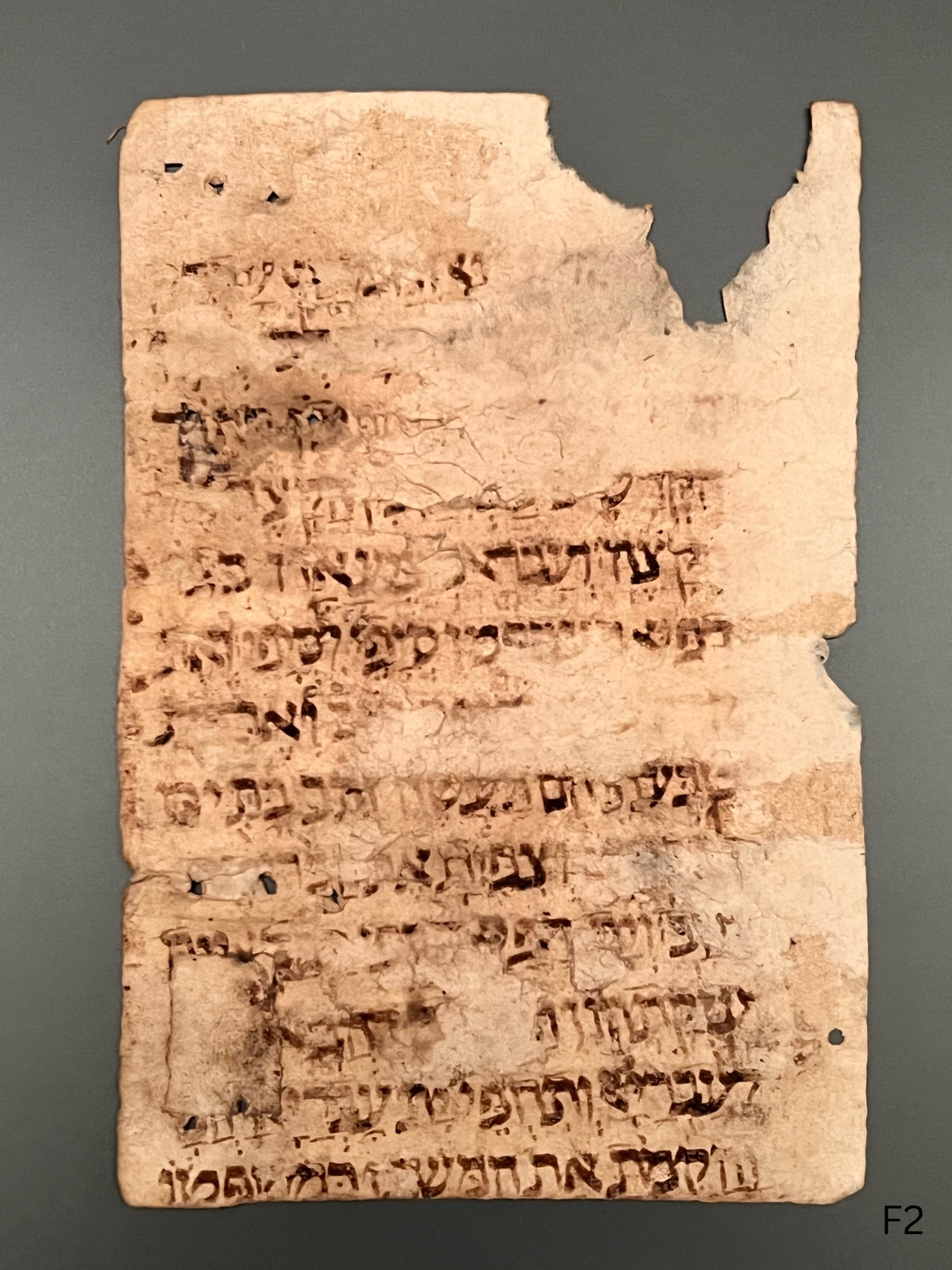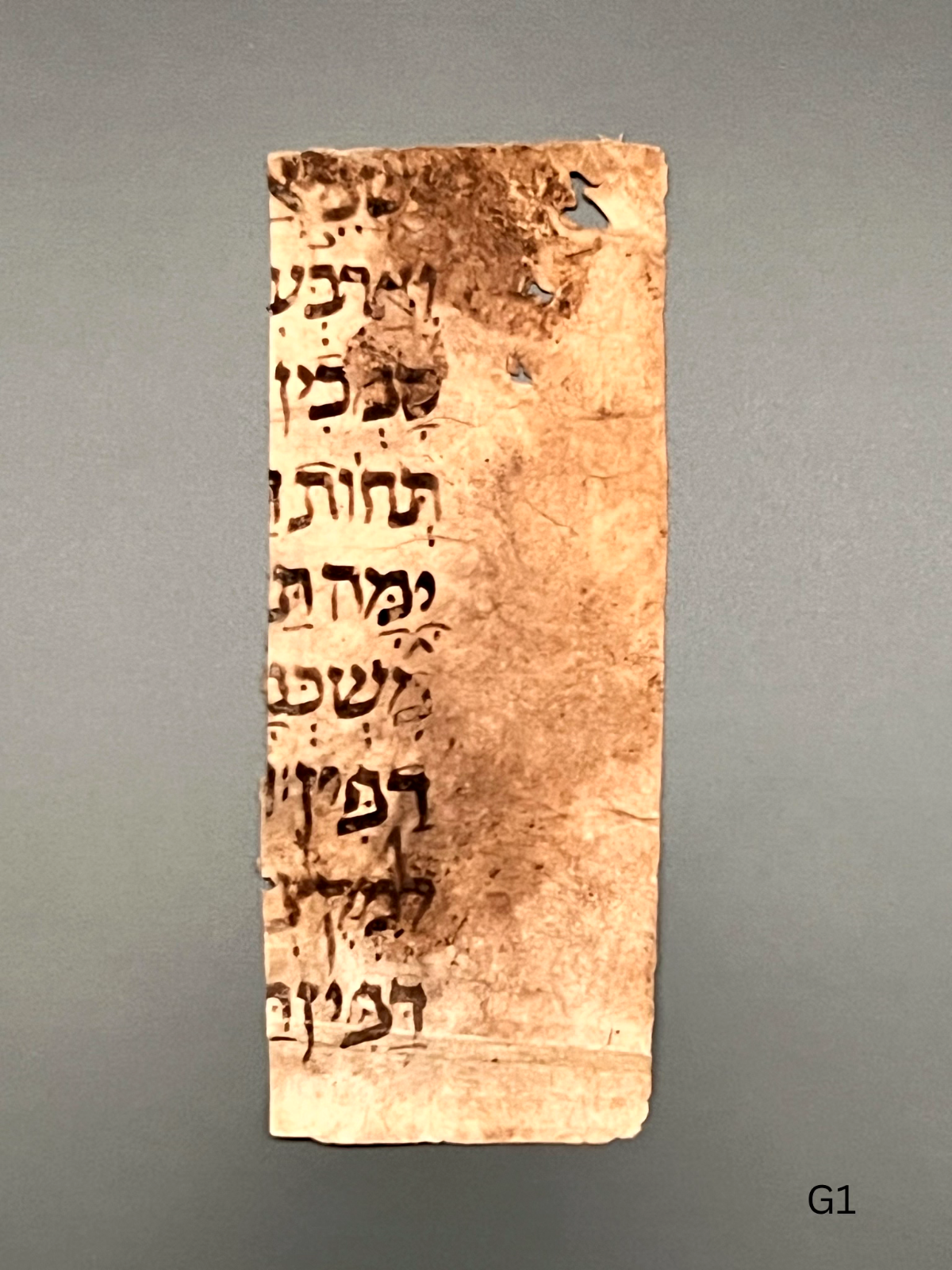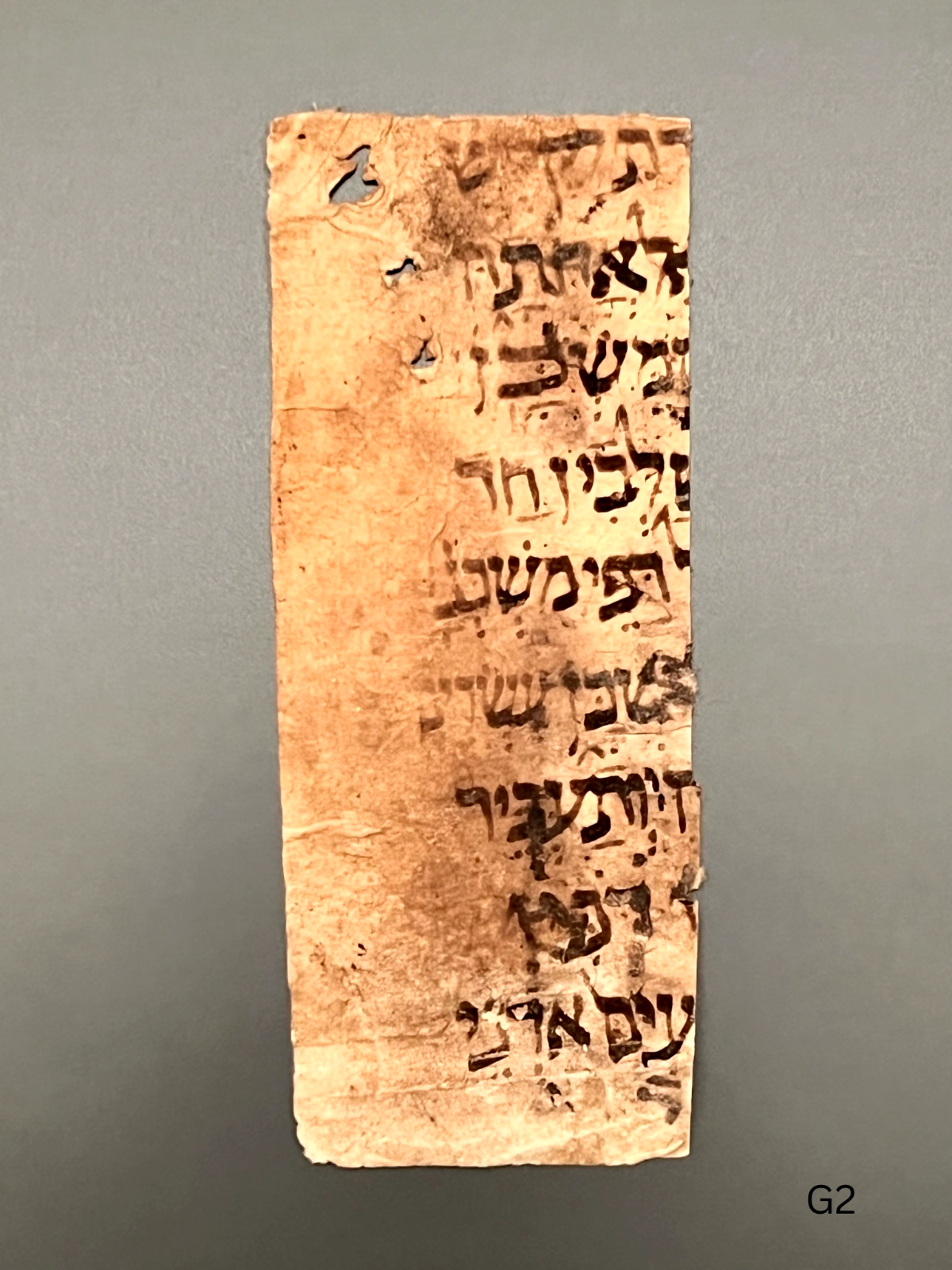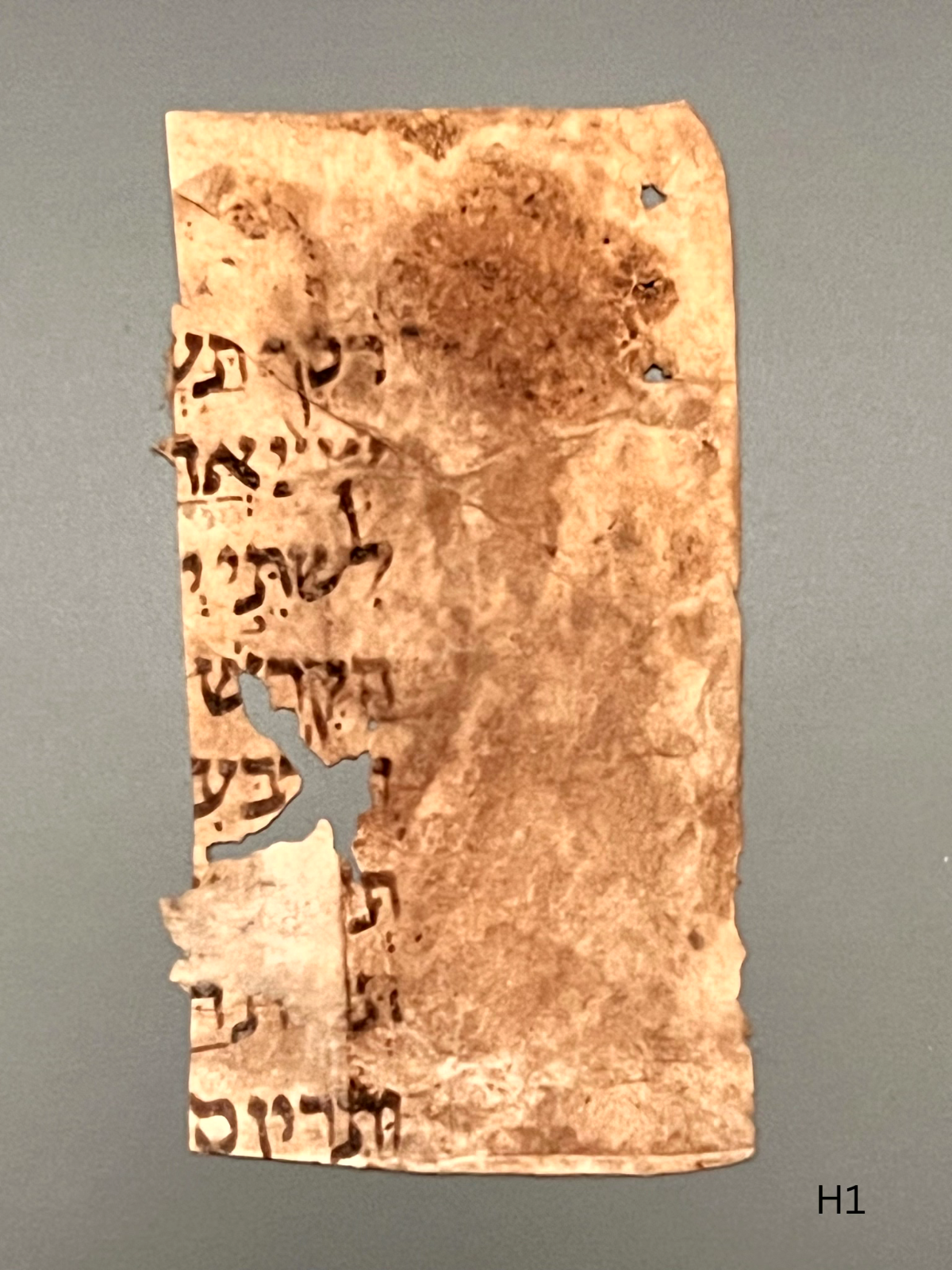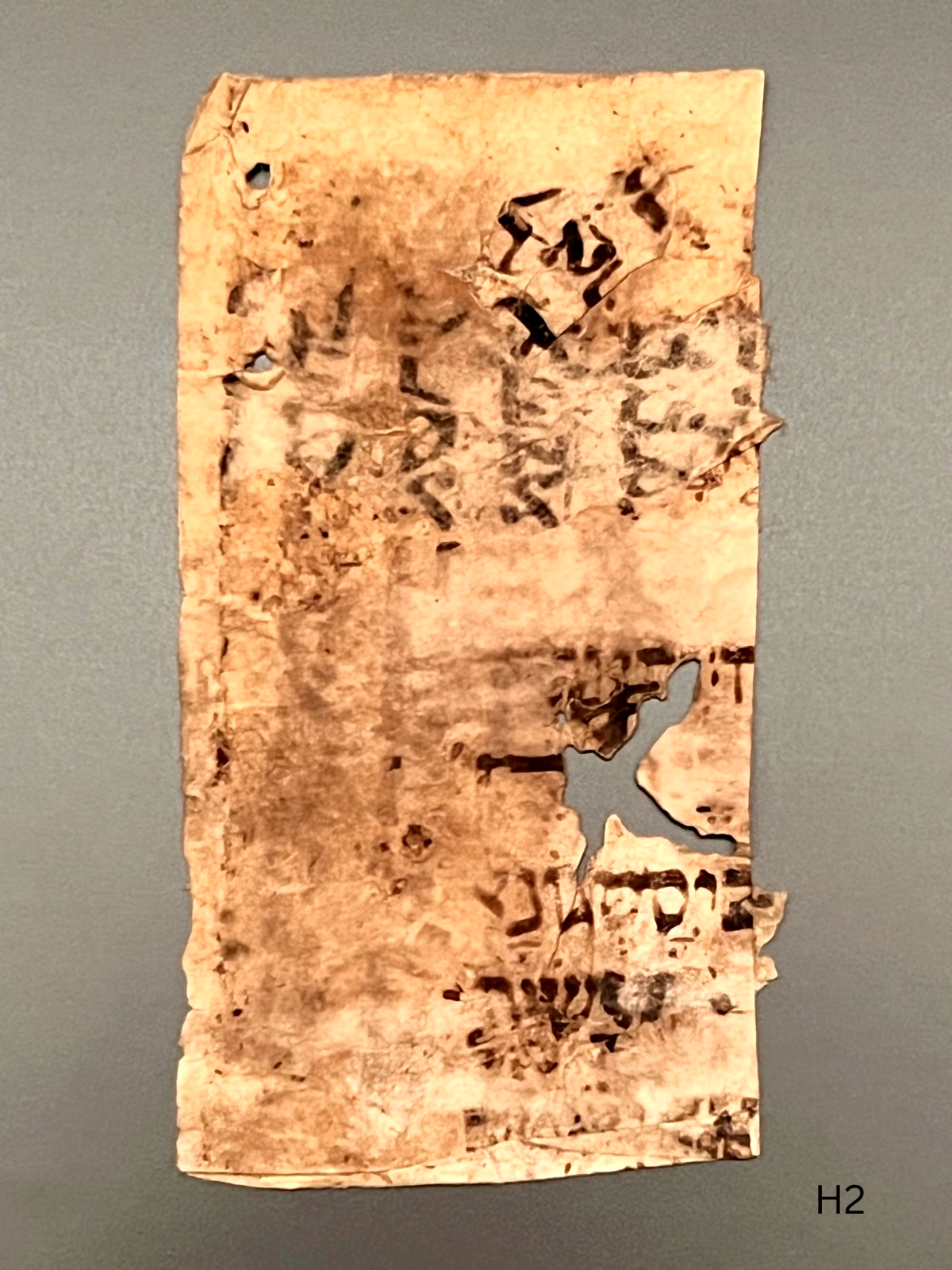An Important c.11th Century Bible Codex
An Important c.11th Century Bible Codex
Couldn't load pickup availability
Among the earliest group of surviving Hebrew Bible manuscripts, with the Targum Onkelos, containing a large and significant section from the book of Exodus. Forming a large part of an early codex.
-------------------
These are some of the oldest extant MSS of this section of the Bible / Torah with the exception of the Dead Sea Scrolls, which are of course unobtainable by a private collector. They are roughly contemporary with MSS from the famous Cairo Genizah. This is an incredibly rare opportunity to own and preserve these most sacred early manuscript fragments and certainly something remarkably different than owning an antiquarian Torah or Bible. It's a true connection to the earliest witnesses to the text as selected by Aaron-Ben-Asher in Tiberias, modern Palestine.
The fragments of this codex are all leaves taken from a single codex written in an Oriental square script. They are more likely to have been written in North Africa or Babylonia than in Egypt or Palestine and are therefore unlikely to originate from the Cairo Genizah, though it's not impossible that they did. The codex from which these originate is written in a single column format and is possibly owner produced, as occurs with many extant manuscripts contained in the Cairo Genizah. Though the trimming of some of the fragments does lead one to believe they had a secondary use in a binding at some time.
The vast majority of Biblical material this old is held in museums and institutions and is very rare indeed in private hands - particularly the larger fragments such as fragment B in this collection which is a bifolium of Biblical material for which we could not trace any other example held in private hands. The size of fragment B is indicative of the original size of the codex too which is of particular interest.
These are older than the oldest Hebrew manuscript in the Getty museum - see the article in Forbes describing their oldest manuscript from the late 13th century as "freakin' amazing", and we think that description is certainly appropriate for these fragments too. A fairly similar period manuscript fragment from the Book of Exodus sold at Sotheby's 10th July 2012 lot 11 for £43,250, though of less significant content than that which is offered here for sale, especially as these fragments constitute likely the majority of the original codex from which they originate. The legible contents of this fragmentary codex is detailed below.
This fragmentary codex comprises a significant section of the Book of Exodus, containing Parashat Terumah, i.e. the instructions for the construction of the Tabernacle, The Ark of the Covenant, The Table, The Lampstand, also the construction of the Altar of Burnt Offering. Because A2 (i.e. the verso of fragment A) is blank, it's quite likely that the text of this codex ended with Exodus 27:19 and it's therefore likely that the codex from which these fragments originate was fairly small and was most likely a codex just for use in Parshat Terumah containing just Exodus 25-27, suggesting that we do possess the majority of the original codex here.
This fragmentary codex rivals in date and potentially even predates the earliest Hebrew biblical codices of the 10th, 11th, and 12th centuries, such as the surviving parts of the Aleppo Codex (c.920 AD, now in Jerusalem and mostly destroyed by fire), the Damascus Pentateuch (c.1000 AD, also Jerusalem), the St. Petersburg [i.e. Leningrad] Codex (C.1008-9 AD, Russia), and of course the fragments of the Cairo Genizah.
The aforementioned are the earliest witnesses to the format of the text as selected by Aaron-Ben-Asher in Tiberias, modern Palestine. The resulting text was accepted by Maimonides as the most accurate and remains in use today. Therein lies the incredible significance of what is offered here for sale, for being some of the earliest extant witnesses to the text of these sections of the book of Exodus, chapters 25-27.
-------------------
THE DATE OF THE FRAGMENTS:
We have contacted several authorities on early Bible fragments and their opinions varied a bit, as dating is quite a difficult endeavour. The estimates ranged from the 10th century through to the late 11th century. It seems likely given the evidence provided by Dr Vince Beiler of the Cambridge University Genizah Research Institute that these fragments originate from circa the 11th century (i.e. roughly contemporary with the earliest Hebrew Biblical codices) - the presence of sof pasuq markers, the left justification method, and being written on paper as opposed to parchment. Though the original export documentation from Israel suggests a 10th century date which would be incredibly early indeed, we are suggesting an estimate of the 11th century to be conservative. This codex being written on paper is of particular note, being one of the earliest examples of the use of paper for writing.
-------------------
THE CONTENTS OF THE FRAGMENTS:
A1: Exodus 27:5-6
A2: Blank
B1: Exodus 25:26-28 (right side); 25:30-32 (left side)
B2: Exodus 25:18-20 (right side); 25:21-23 (left side)
C1: Exodus 26:10-11 (right side); 26:13-15 (left side)
C2: Exodus 26:19 (right side); 26:24-25 (left side)
D1: Exodus 26:32-33
D2: ?
E1: Exodus 27:1-2 (right side); 27:4-6 (left side)
E2: Exodus 26:30 (right side); 26:34-35 (left side)
F1: Exodus 27:2-4
F2: Exodus 26:27-30
G1: Exodus 26:20-23
G2: Exodus 26:17-19
H1: Exodus 26:19
H2: ?
-------------------
With our thanks to Dr Benjamin Outhwaite and Dr Vince Beiler at the University of Cambridge Taylor-Schechter Genizah Research Unit, Dr Zsofi Buda, Curator of Global MSS at the John Rylands Research Institute and Library at the University of Manchester, and A. Shachar, native Hebrew speaker, and others unnamed for their help in researching these manuscript fragments.
-------------------
Sizes:
A: 47 x 105 mm
B: 213 x 154 mm
C: 158 x 106 mm
D: 106 x 158 mm
E: 158 x 107 mm
F: 106 x 159 mm
G: 44 x 107 mm
H: 56 x 106 mm
